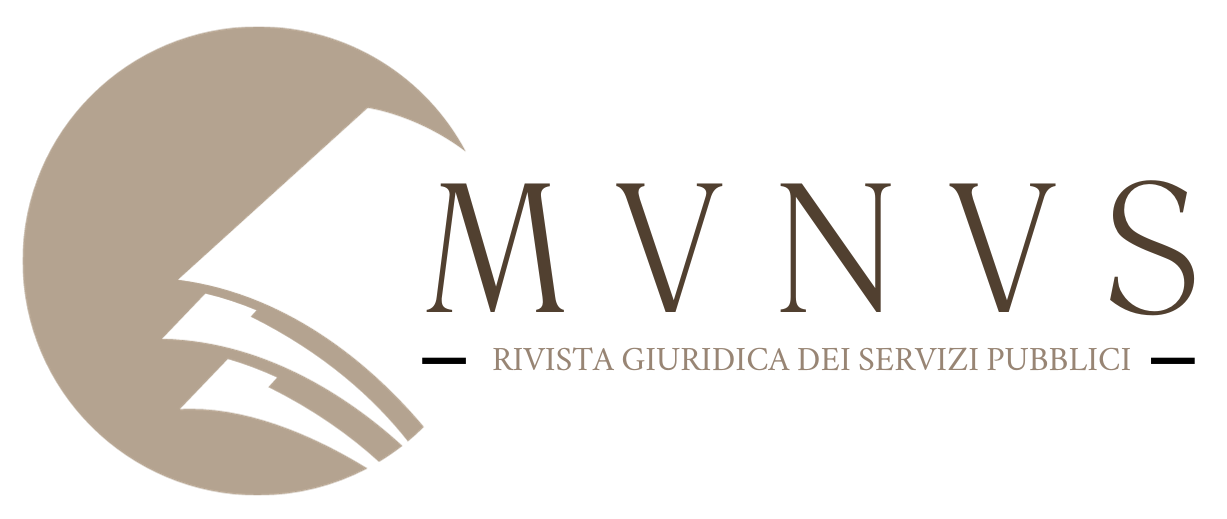Sommario:
1. Introduzione. Il terzo settore al tempo della crisi.
2. Profili sostanziali. Le istituzioni prima delle norme.
2.1. L’oggetto: materie, contenuti, doverosità.
2.2. I soggetti: dalla struttura alla funzione.
2.3. Le modalità dell’agire.
3. Profili formali.
3.1 Le norme sui soggetti.
3.2. Le norme sulle materie.
4. Principi e problemi.
4.1. La Costituzione, la funzione promozionale del diritto, la dialettica degli opposti.
4.2. Le regole, l’economia sociale e il mercato.
4.3. I provvedimenti di sostegno. Gli incentivi e le finalità di riequilibrio.
4.4. La solidarietà agevolata, il principio di responsabilità e i risultati.
5. Conclusioni. Il munus e la conciliazione degli opposti.
Abstract:
The Third Sector as Munus Will non-profit organizations be able to cope with the economic crisis, inventing new models and new forms of management of social services? How will the notions of non-profit organization and subsidiarity change? The article tries to answer these questions. First of all, it defines the notion of the so-called third sector by analyzing its legal and substantive aspects. Secondly, it provides an assessment of what the legislator has included in the notion of third sector. In particular, it focuses on voluntary associations, social cooperatives, associations of social promotion, social enterprises. Thirdly, it enucleates the legal and economic principles that govern the matter. By way of conclusion, it shows how the concept of third sector can be linked to that of munus used in Roman law and later in canon law and administrative law, as both concepts are built upon the idea of community.
